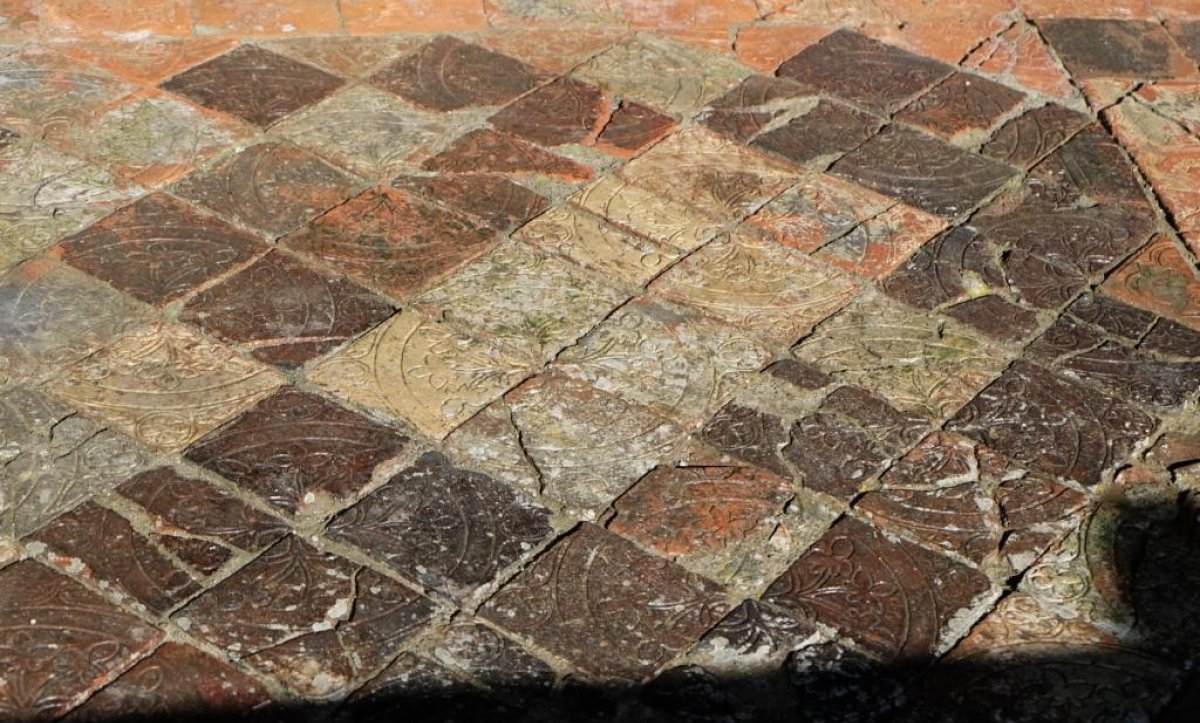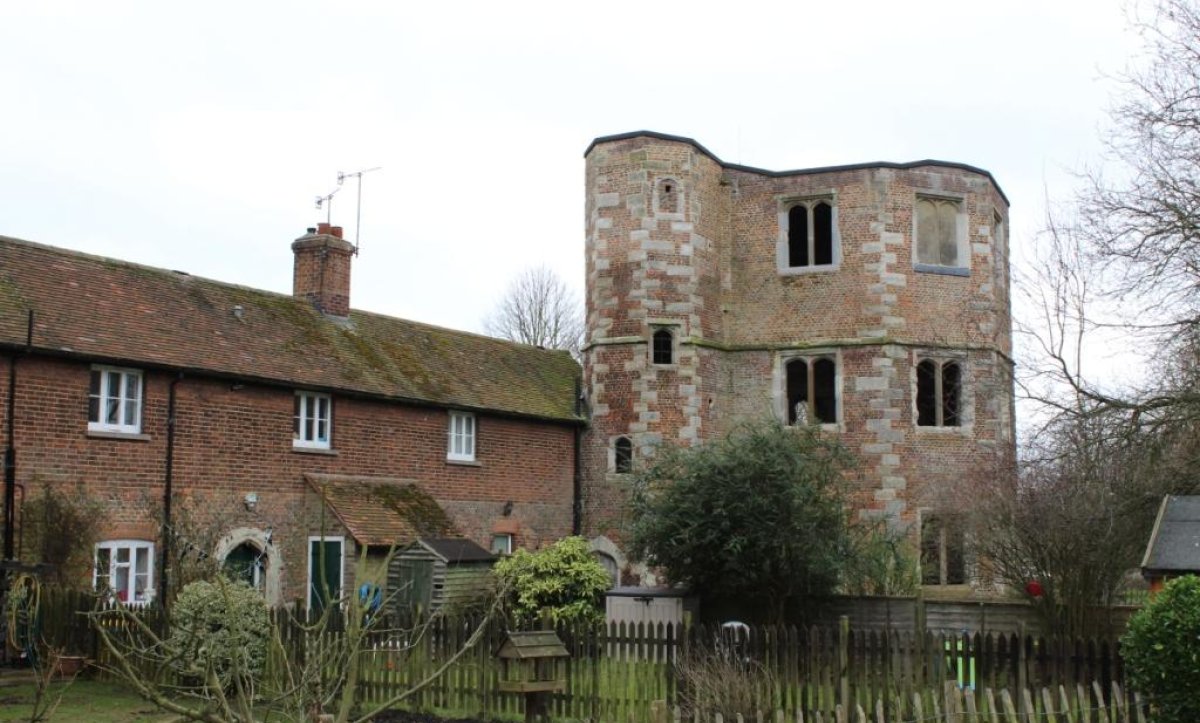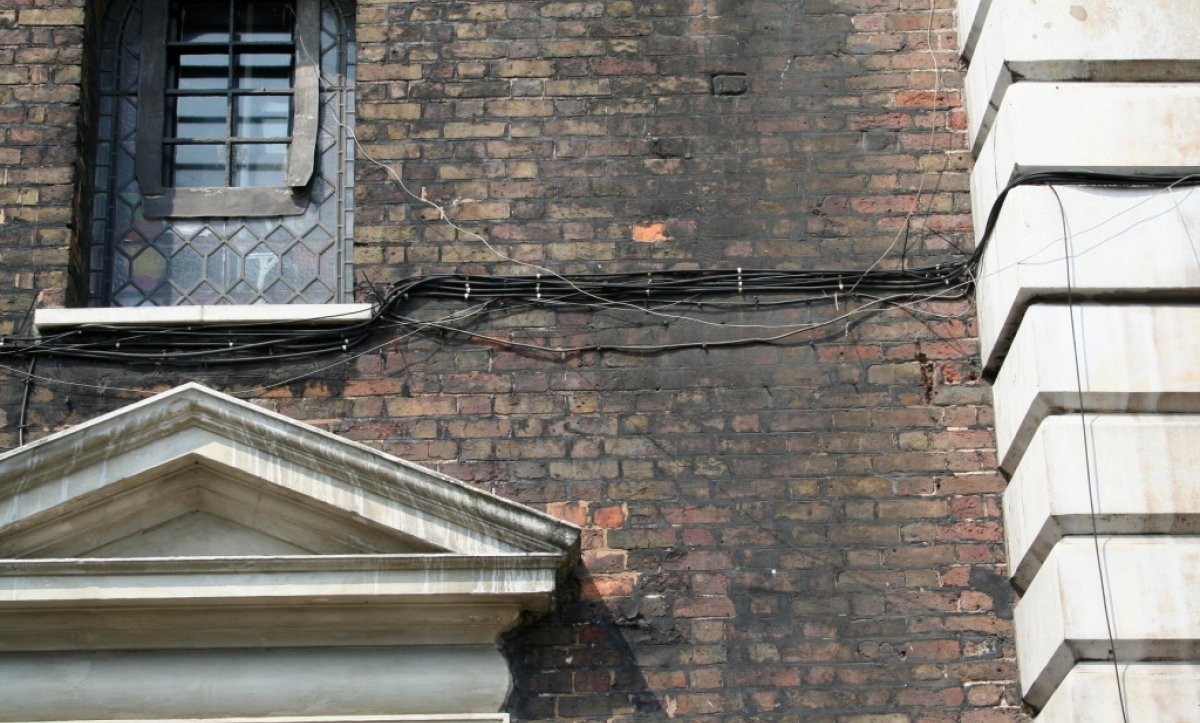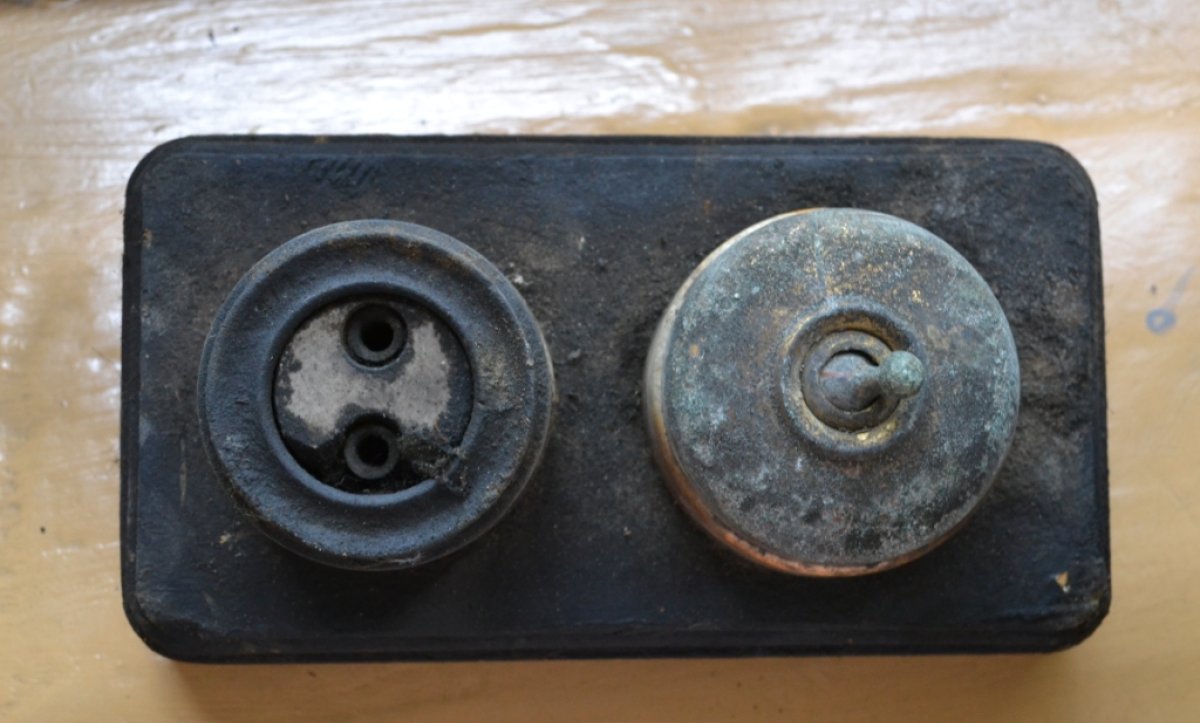In recognition of the increasing number of applications for alterations to listed places of worship that include the partial or complete replacement of an existing floor, the SPAB and the Church Buildings Council (CBC) have set out guidance about the care and maintenance of old floors, as well as the issues that should be taken into account when a congregation is considering altering or replacing a floor. Download the historic floors guidance note.
Search our Knowledgebase
Search our Knowledgebase
Many historic buildings have well-established and appropriate uses. However, in some cases, a whole or partial change of use is required to ensure a structure’s future; its sustainability, repair and protection. Reuse is the name given to the process of reusing or adapting an historic building for a purpose other than that for which it was designed or built. Creative reuse and adaptation can contribute positively to a building’s history. Equally, inappropriate re-use can significantly detract from a building or structure's special interest. For this reason any reuse or adaptation to a building must be well justified and informed.
The SPAB believes that, where some change of use to an historic structure is considered essential, it is necessary to look carefully at how this might affect all aspects of the building’s character, fabric and setting.
The following advice is intended to assist those who own or care for historic buildings in establishing what alternative use, if any, is most appropriate.
Achieving the correct balance between protecting the special interest of a listed building and proposals for alterations and extensions is a tricky task. Some buildings are more likely to be able to accommodate change than others. The extent to which a building can sustain alteration or extension will depend on building type and significance and the merit of the new work. Some buildings may be sensitive to even slight alterations whilst others may be less so.
The grade at which a building is listed is a material consideration in this balancing act, however, it is not a reliable guide to the sensitivity of a building to alteration or extension. Secondly, the acceptability of proposals will also depend on what work has already been undertaken to the building - the cumulative harm of successive small schemes can be detrimental to listed buildings and the nibbling away of special interest must be resisted. Where an addition is to be made, particular consideration should be given to the junction, with the aim that the new should accommodate the old'
The SPAB is aware of the increased number of proposals to utilise church towers and spires for the accommodation of mobile telephone aerials. One or more aerials may be concealed in a church (for example, within a tower or flagpole) or attached to the masonry externally. While recognising the possible financial benefit to churches, the Society urges that those responsible for such projects consider the potential impact on the character and aesthetic quality of buildings of historical or architectural importance.
The SPAB technical panel offers the following practical guidance:
- The insertion of an aerial and provision of an associated equipment room and cabling can potentially be very damaging. Where there is likely to be permanent damage to historic fabric, the Society urges that an alternative site be sought for the installation.
- All necessary consents must be obtained before work commences. In addition to a faculty from the Diocesan Chancellor, the approval of Historic England (or equivalent heritage authority) and planning permission from the local authority may also be required.
- The Society advises that no scheme be accepted without the approval of the church inspecting architect or surveyor, who is usually best placed to understand the implications of the work and should be engaged to oversee its execution. It is unwise to assume that the installation contractor will be aware of the highly sensitive nature of historic fabric.
- There is considerable potential for damage to archaeology, both below and above ground. The advice of an archaeologist needs to be obtained at an early stage.
- A formal legal agreement should be entered into with the telecommunications company. It is suggested that this covers not only installation but minimum reasonable access requirements (for example, access to the belfry by bellringers). The agreement should be vetted by the Diocesan Registrar.
- The Society stresses that installation should be designed and fitted to take proper account of the importance of the building, including any historic floors or bellframe. The principle of reversibility should be applied at all times.
- Due regard should be given to the impact of all parts of the installation on the structural stability of the building.
- Where it is proposed to strengthen an existing floor to carry equipment, reversibility may be hard to achieve; in such cases, the Society urges that consideration be given to other options, such as the insertion of a new floor that does not cause lasting damage.
- The church’s insurer should be notified before work starts, to ensure adequate cover. The SPAB may be able to suggest the names of suitable specialist brokers or companies.
- The re-use of telecommunications equipment by others may be desirable where technically possible in order to minimise potential damage to the building by replacing it when a licence is awarded to a different operator. All equipment should be removed at the end of its use, overseen by the church architect or surveyor.
Advice on considering heritage when installing electricity into old buildings and why this work requires extra skill.





